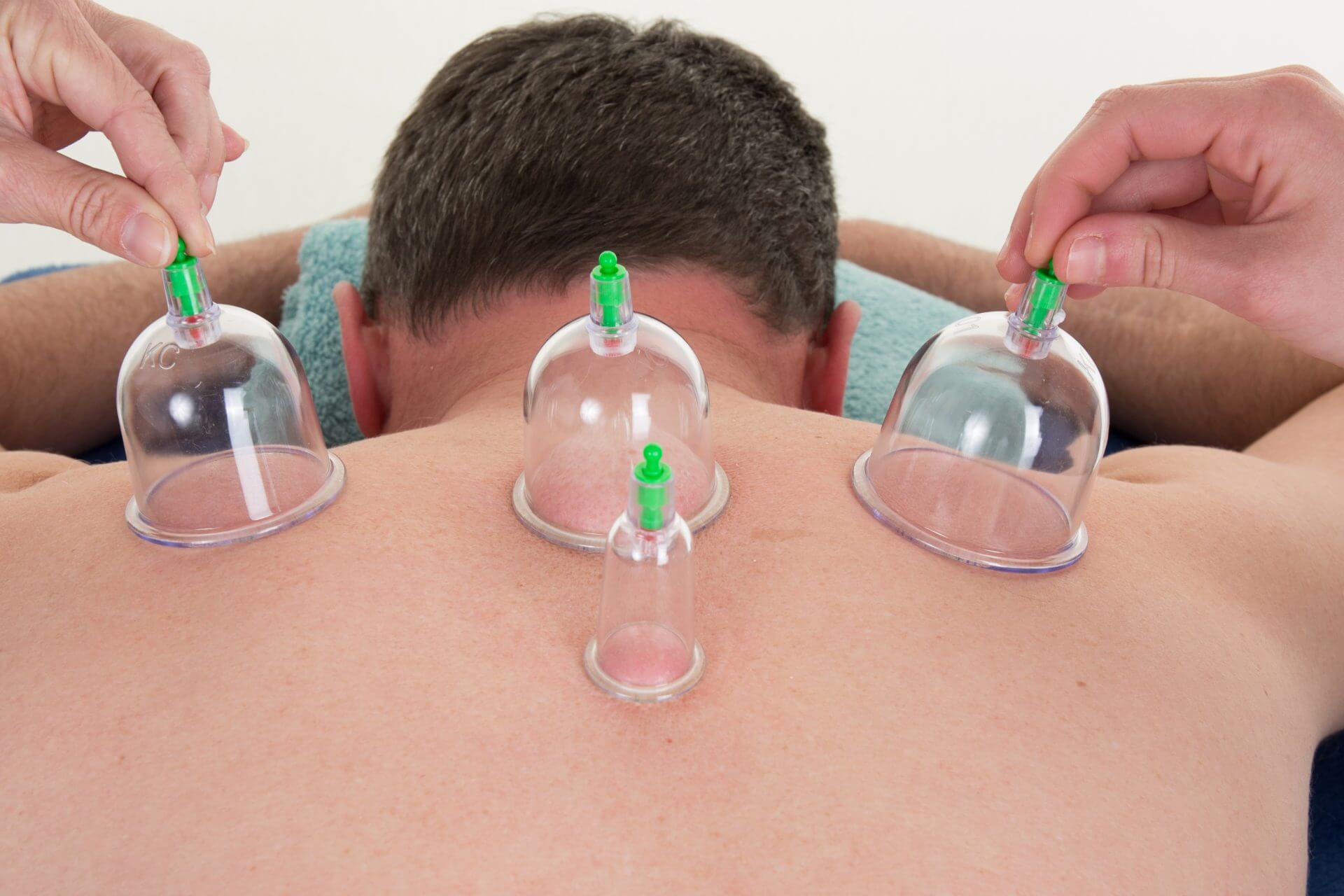Hijama, also known as cupping therapy, is an ancient healing practice rooted in traditional medicine. It has gained popularity worldwide for its numerous health benefits, from pain relief to overall wellness. This comprehensive guide explores the history, benefits, techniques, and considerations of Hijama Cupping Therapy in Dubai.
Understanding Hijama Cupping Therapy:
Definition and History:
Hijama is an Arabic term that translates to “sucking” or “drawing out.” It involves creating suction on the skin using special cups, which can be made from various materials, including glass, bamboo, or silicone. The therapy has been practiced for thousands of years across different cultures, including Ancient Egyptian, Chinese, and Greek medicine.
Historically, Hijama was used to treat various ailments, including headaches, digestive issues, and respiratory conditions. It is also mentioned in Islamic texts, where it is recommended as a beneficial practice for health.
Types of Cupping Therapy:
There are several types of cupping therapy, each with its technique and benefits:
- Dry Cupping: This method involves placing cups on the skin without any incisions. The suction created helps increase blood flow and relieve muscle tension.
- Wet Cupping (Hijama): This is the traditional Hijama method, which combines cupping with small incisions on the skin to draw out stagnant blood. This technique aims to remove toxins and promote healing.
- Fire Cupping: A traditional method where a flame is used to create suction. The heated cup is placed on the skin, and as it cools, it creates a vacuum effect.
- Electric Cupping: A modern variation that uses electric pumps to create suction, allowing for more controlled pressure and duration.

The Benefits of Hijama Cupping Therapy:
Hijama offers a wide range of potential health benefits, making it a popular choice for those seeking alternative treatments. Here are some of the key benefits:
Pain Relief:
Hijama is renowned for its ability to relieve pain. The suction created by the cups promotes blood circulation, helping to alleviate muscle tension, joint pain, and chronic conditions like arthritis and back pain.
Detoxification:
One of the primary goals of wet cupping is to detoxify the body. By drawing out stagnant blood and toxins, Hijama can help cleanse the body and improve overall health.
Improved Circulation:
The suction effect stimulates blood flow to the affected areas, promoting oxygen delivery and nutrient absorption. This enhanced circulation can aid in recovery from injuries and support overall vitality.
Enhanced Skin Health:
Hijama can improve skin conditions like acne, eczema, and psoriasis. The therapy helps increase blood flow to the skin, promoting healing and rejuvenation.
Stress Relief and Relaxation:
The calming effect of Hijama can help reduce stress and promote relaxation. Many people find the treatment soothing and report improved mood and well-being afterward.
Immune System Support:
By encouraging blood flow and detoxification, Hijama may help boost the immune system. Some studies suggest that the therapy can enhance the body's natural defenses against illness.
The Hijama Procedure:
Consultation:
Before undergoing Hijama, a consultation with a qualified practitioner is essential. They will assess your medical history, discuss your symptoms, and determine if Hijama is suitable for you.
Preparation:
During the preparation phase, the practitioner will cleanse the treatment area and explain the procedure. It's essential to be relaxed and open to the process.
The Treatment Process:
- Dry Cupping: The practitioner applies cups to the skin, creating suction. This is typically left in place for 5 to 15 minutes.
- Wet Cupping (if applicable): After dry cupping, the practitioner makes small incisions on the skin and reapplies the cups. The suction draws out the blood, which is then disposed of.
- Post-Treatment Care: After the session, the practitioner will provide aftercare instructions, which may include avoiding strenuous activities, staying hydrated, and monitoring any reactions.
Duration and Frequency:
A typical Hijama session lasts between 30 to 60 minutes. The frequency of treatments depends on individual needs and health conditions. Some people benefit from regular sessions, while others may require it only occasionally.
Considerations and Precautions:
Who Should Avoid Hijama?
While Hijama is generally safe, certain individuals should avoid it, including:
- Pregnant women
- Individuals with bleeding disorders
- Those with skin infections or open wounds
- People with a weakened immune system
Potential Side Effects:
Common side effects of Hijama include:
- Bruising
- Mild soreness at the treatment site
- Fatigue after treatment
These effects are usually temporary and resolve quickly.
Finding a Qualified Practitioner:
When seeking Hijama therapy, it's crucial to find a qualified practitioner with experience in the field. Look for certifications, reviews, and recommendations from trusted sources to ensure you receive safe and effective treatment.
Conclusion:
Hijama cupping therapy is a holistic practice that offers numerous benefits for physical and mental well-being. Its ability to relieve pain, detoxify the body, and promote relaxation makes it a valuable addition to various treatment modalities. However, it's essential to consult with a qualified practitioner and consider individual health conditions before undergoing the therapy.
Whether you're looking to alleviate specific health concerns or simply enhance your overall wellness, Hijama may be a beneficial option worth exploring. As with any therapy, maintaining an open mind and staying informed will help you make the most of this ancient healing practice.





